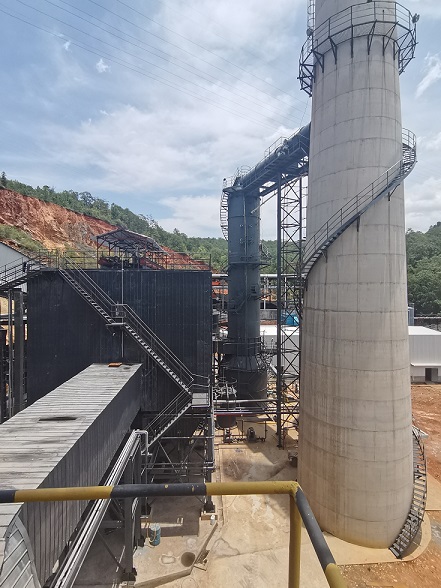Guide: Introduction to the basic situation of oil-fired boilers: Oil-fired boilers are a type of boiler products, which are divided according to the fuel of the boiler
Oil-fired boilers are a type of boiler products, which are classified according to the fuel of the boiler. As the name suggests, oil-fired boilers use oil to convert boiler water into hot water or steam.

Oil-fired boilers include oil-fired water boilers, oil-fired hot water boilers, oil-fired heating boilers, oil-fired bathing boilers, oil-fired steam boilers, etc. Oil-fired boilers refer to boilers that use light oil (such as diesel, kerosene), heavy oil, residual oil or crude oil as fuel. Compared with gas-fired boilers and electric heating boilers, oil-fired boilers are more economical than electric heating boilers and more convenient to use than gas-fired boilers.
With economic development and social progress, as well as people’s awareness of environmental protection, coal-fired boilers are gradually far away from people’s sight due to serious pollution. They are replaced by new types of environmentally friendly digital boilers, such as electric heating boilers, oil-fired boilers, and gas-fired boilers. Heating boilers are the most expensive to operate, and gas boilers need to have gas pipelines. Then, if there is no natural gas pipeline and you want the boiler to operate at a low cost, you can only choose oil boilers. The oil-fired boiler is heated by the burner, the fuel atomization effect is good, the fuel is fully burned, and the chimney can not see the black smoke, so the oil-fired boiler is green and energy-efficient.
The fuel oil is sprayed into the furnace through the burner and becomes misty oil droplets. It is easily mixed with air and burns violently and rapidly releases heat. Compared with a coal-fired boiler with the same parameters and the same capacity, the heat intensity of the furnace volume can be approximately doubled. However, in order to reduce the heat load in the burner zone and avoid overheating of the water wall tube in this zone, the furnace volume is only reduced by about 1/3. Because the ash content in the fuel oil is very small, it will not cause slagging on the convective heating surface, so the furnace outlet flue gas temperature can be as high as 1300~1350℃, and the pitch between the convective heating surface tubes can be reduced to increase the flue gas flow rate. Improve the heat transfer coefficient of the heating surface, save the heating area and steel. In order to prevent spontaneous combustion of carbon black and grease accumulating on the economizer and air preheater, a steam soot blower must be installed on these parts to keep the heating surface clean.
At the same time, because the fuel oil does not form coking slag, the membrane type water wall can be used to make a slightly positive pressure (500~1000N/m) boiler. It can omit the induced draft fan and only use the blower to discharge the flue gas out of the furnace. If the overall shell of the boiler is made of thick steel plate, it can also be made into a positive pressure (0.3-0.6 MPa) boiler, which can make the overall structure of the boiler more compact, and is mostly used in gas-steam combined cycle generator sets.




























